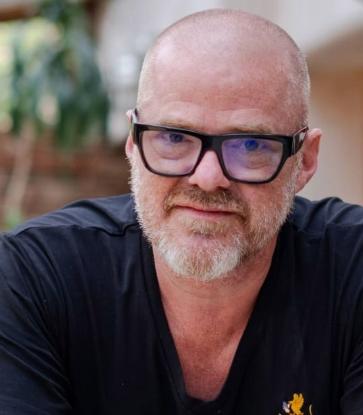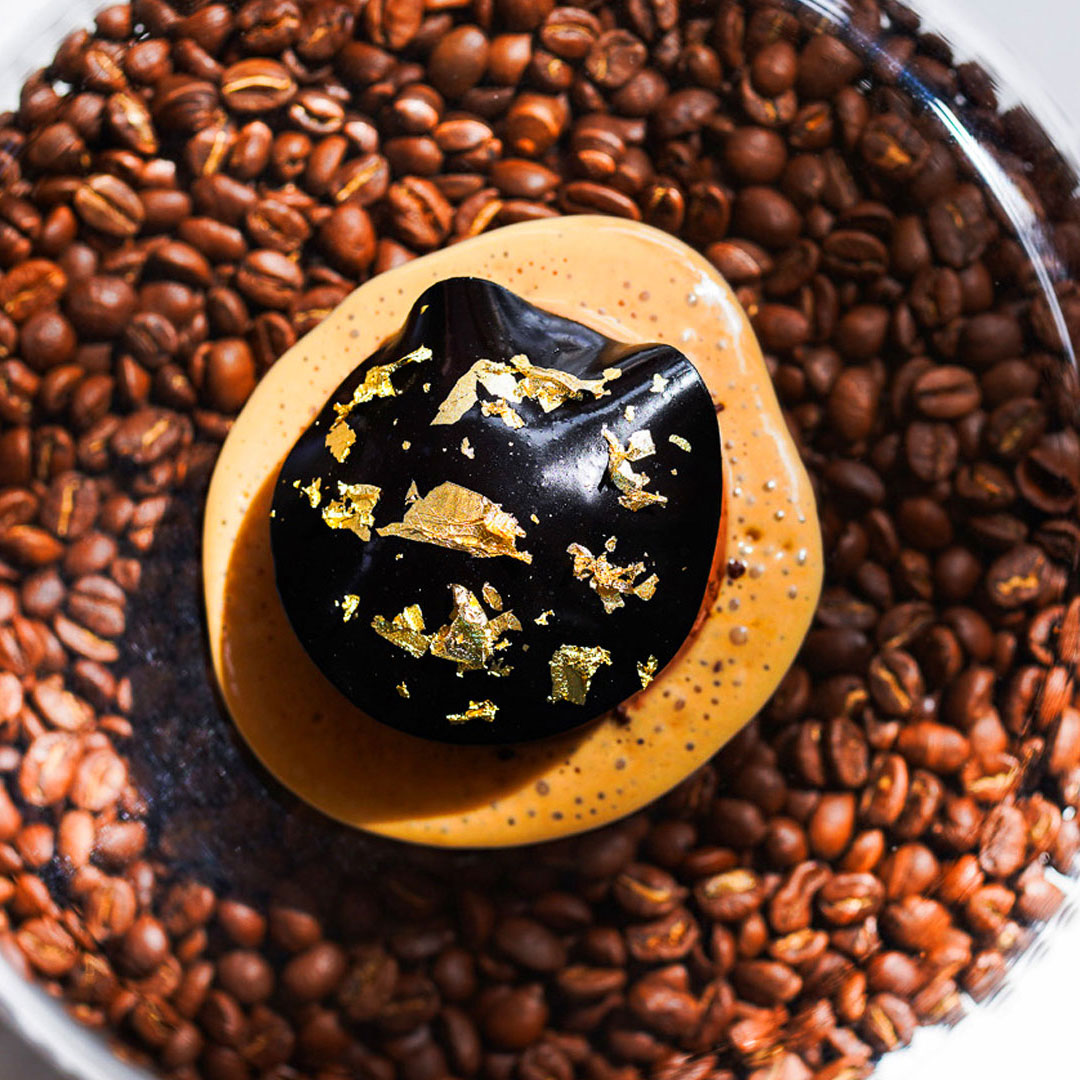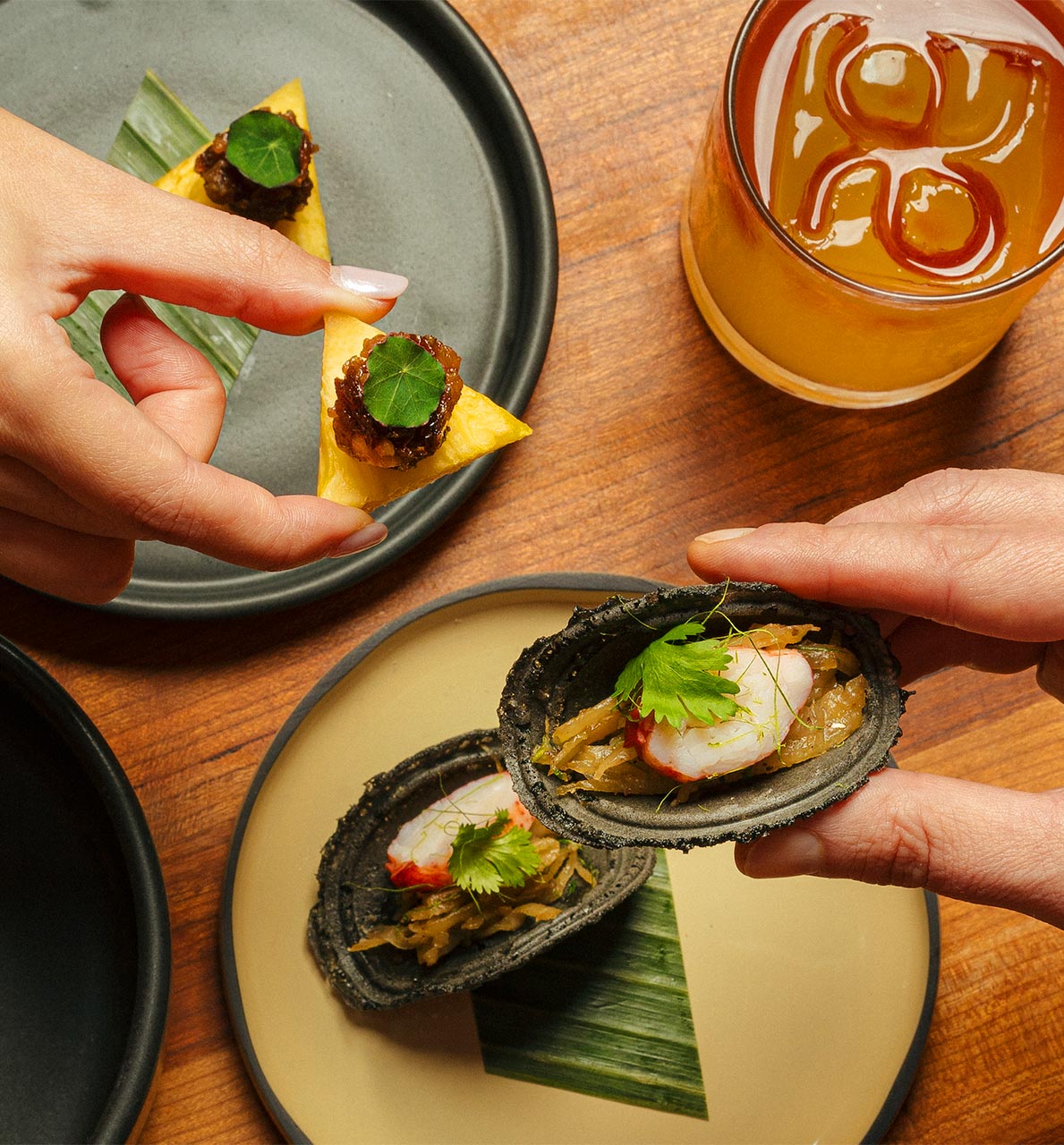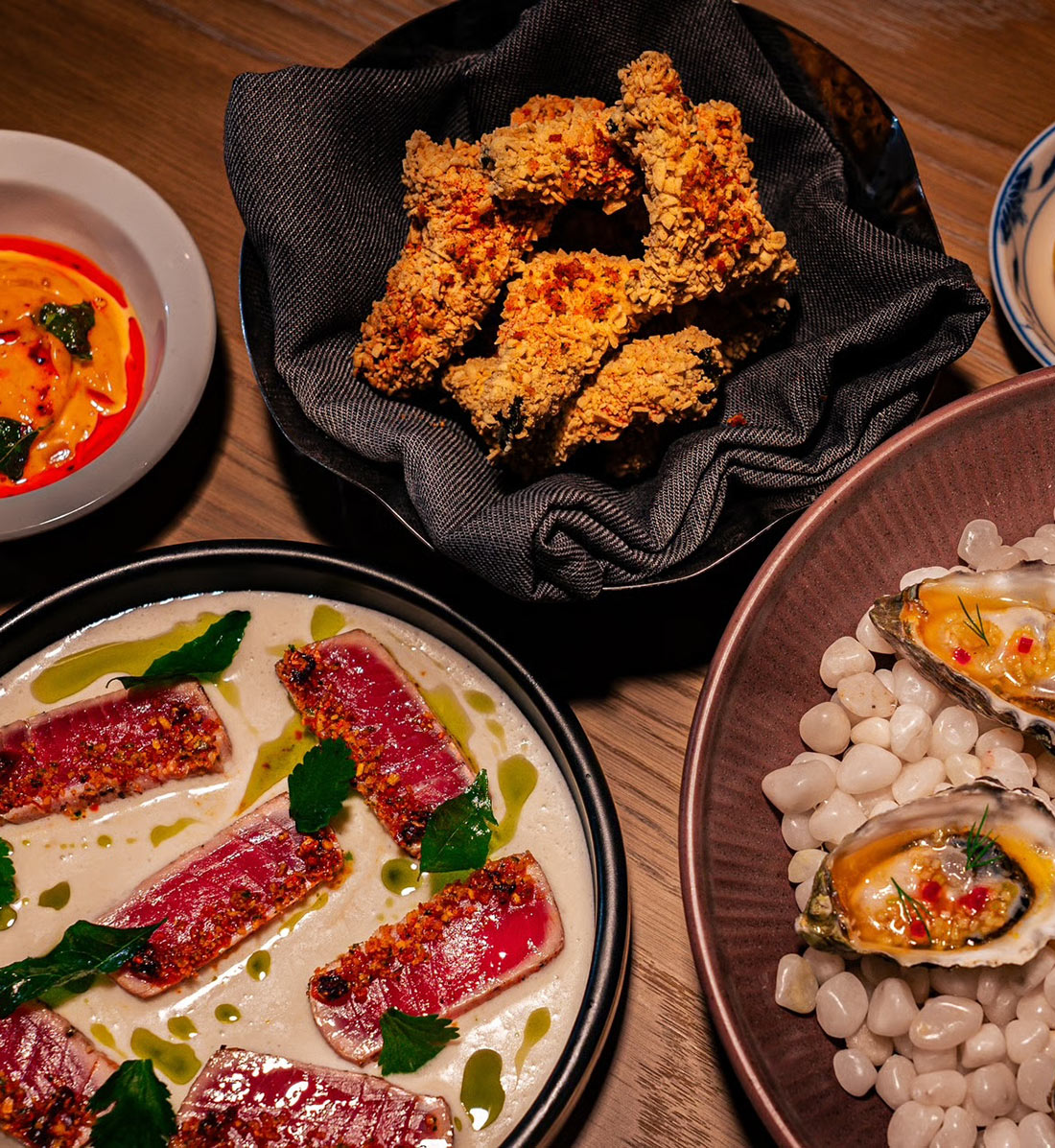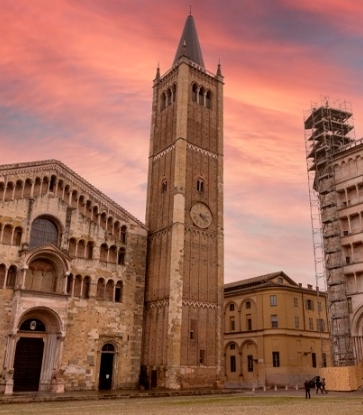Did you know that Indienne is the first Indian restaurant in Chicago to receive a MICHELIN Star? Conceptualized by chef/owner Sujan Sarkar, this fine dining Indian restaurant was created with one goal in mind—to showcase the beauty of Indian cuisine. How does it do that? By infusing classic Indian dishes with finesse, presentation, and technique.
Perhaps one of the most interesting aspects of this restaurant, however, is it’s unique tasting menu (Indienne is one of the only Indian restaurants to offer a tasting menu) with an emphasis on referencing traditional food names through the use of parentheticals. “I want to put Indian cuisine on the global map,” explains Sarkar. “I want to proudly showcase its variety potential, and magic.”
And with Indienne earning its first MICHELIN Star, he just might.
Below, the Kolkata native talks about all things Indian cuisine, and his culinary journey which took him from his hometown to London, back to India, then crossing the Atlantic Ocean to Dubai to open India’s first artisanal cocktail bar, and finally landing in San Francisco.
What was the idea behind Indienne?
I always wanted to open an Indian fine dining restaurant so that I could bring a fresh perspective on Indian cuisine to America. I have been in Chicago for several years, and I realized that it was missing a restaurant like Indienne. Indian cuisine has so much diversity and depth of flavors, and my intention is to reinterpret those flavors, ingredients, and dishes that are rooted in India with finesse, presentation, technique, and a fresh format.
How would you describe Indienne?
Indienne is a progressive Indian fine dining restaurant. However, it is affordable when compared to other fine dining restaurants that are offering tasting menus. I wanted to make sure that we were accessible to a larger number of people. That's why we offer vegetarian, non-vegetarian, and vegan menus, as well as an la carte menu—to entice more people to come in and try our food. My goal is, and has always been, to showcase the beauty of Indian cuisine.
Who came up with the name?
I did! I had stumbled across the "les indiennes" fabric while going through design patterns for the restaurant. Upon further exploration, I found that "Indienne" refers to a type of textile design originally founded in India that was popularized in Europe between the 17th and 19th centuries. It is also a way of saying "Indian" in French.
It felt like the perfect name to match the concept, which is Indian cuisine that's delivered through a progressive lens based on the decades of my modern European training.
What is the hardest part in opening a restaurant focused on Indian cuisine infused with European techniques?
First, I'd say skill set and knowledge. We are blending two very different, equally complex, cuisine styles—and that, in and of itself, can be very challenging to get right. I am grateful to have a skilled team in my kitchen that's able to execute such an ambitious menu and continue to innovate over and over again.
The other piece is attracting an audience that may not be familiar with Indian cuisine in general. When a guest comes into our restaurant, we want to make sure that we surprise them with delicious food and unmatched hospitality, but also to educate them and allow them to appreciate Indian cuisine in a new light.
Indienne is one of the only Indian restaurants in Chicago with a tasting menu, what does that mean to you?
In fact, it's not just in Chicago—but across the country. I don't think anyone is doing a full-fledged tasting menu in this style and cuisine. Back when I first began building Indienne's concept, some of my well-wishers even thought I was crazy! They just weren't sure how it could work. The love and success we've seen thus far, it's just been amazing and has made it all worth it.
What is your view on the Indian food scene in Chicago?
I think it's still lagging behind New York and the Bay area, but there are definitely some promising signs. I helped open an outpost of ROOH in Chicago four years ago. Looking back from then to now, the Indian food scene in the city is definitely making some progress. I'd say casual Indian dining is more on the rise than fine dining for sure.
What was the initial feedback to the menu/concept? How often are you planning on changing the menu?
It was very positive and welcoming from the start. For my guests of Indian heritage, it was something very different from what they've seen or known, and it was exciting for them. For those who didn't have any background or familiarity with Indian food, it was fresh and fun.
Our guests have given us every reason to be grateful and self-assured in what we are doing here. We are just over a year old, and we have changed the menu three times. We are planning to change the menu one last time before the end of the year—I'm very excited for the next menus.
The menu uses parentheticals that reference traditional food names - what was the decision behind this?
Our concept is based on drawing from traditional stories and flavors. The parentheticals highlight the main inspiration—what it is known as in
India, and what follows is our take on the traditional dish.
Desert island must haves from the restaurant?
I'd say the yogurt chat (chat means “lick” in Hindi). This dish is a perfect combination of flavor, texture and nostalgia. Simple street food elevated to the level of fine dining.
What inspired you to become a chef?
I never thought I'd become a professional chef. My dream initially was actually to become a fashion designer! That didn't pan out, so my start in the F&B industry was sort of a fluke. But after I completed my initial training, there was no looking back.
Talk about your journey from Kolkata to London, India, and then the United States, how has your relationship with cooking changes as you progressed with your career?
I hail from a suburb of Kolkata. After I graduated from culinary school, I started as a cook at JW Marriott Hotel in Mumbai. From there, I moved to London in 2004, and started working at Galvin at Windows at the Hilton London Hotel. Things got exciting when I got my first head chef job at Automat, and then Almada in the Mayfair, which used to be a celebrity hotspot. After spending a decade in the UK and different parts of Europe—working with top chefs and culinary minds—I returned back to India and joined the renowned Olive Bar & Kitchen as executive chef. Before I crossed the Atlantic, I curated and launched TRESIND in Dubai and opened India’s first artisanal cocktail bar called Ek Bar in Delhi.
My first restaurant in the US was ROOH, which opened in 2017. After it gained its popularity on the West Coast, I followed that with a modern Indian gastrobar called Baar Baar in New York City. Since then, I have opened three ROOH locations in the United States and one In New Delhi. At the end of 2022, I opened Indienne in Chicago. This year, I opened a second outpost of Baar Baar in LA, as well as a traditional Punjabi eatery called Gulaabo in NYC.
What challenges did it bring?
There are always challenges—the biggest being testing the limits of innovation. What I envision may not always work, so I have to be realistic too. I also find it challenging to always be in pursuit of perfection, but I want to be sure that what we deliver is as close to perfection as possible. And, finally, price point is a challenge, which I owe to inflation. Regardless though, we are committed to making Indienne a sustainable and affordable experience to be treasured.
How hard is it to balance your culture while living in another country?
I've been living abroad for many years now, so it is no longer a challenge. Early on though, I found that some cities were more cosmopolitan than others, and more welcoming in terms of palate and culture.
What advice would you give to immigrants/people of color trying to make their mark in the culinary world?
Represent your culture and cuisine with pride passionately, honestly, and unapologetically.
Why is putting Indian cuisine on the global map so important to you guys?
For the longest time, Indian cuisine has been mainstreamed and accepted, but it also carried the burden of a stereotype. This is because the world has mostly seen only one version of it and in a one-dimensional light. But India is a country where the food and style of cooking, even the utensils and ingredients used, can change every few kilometers. The Indian subcontinent has so much to offer: incredible flavors, rich stories, unique ingredients, and an unmatched diversity and variety when it comes to its food. It’s one- of-a-kind, so why shouldn’t we want to proudly share that experience with a global audience in fresh, innovative formats?
I have spent my career trying to break those stereotypes, and I think it is finally our time to redefine and explore the limitless potential that Indian cuisine has and take that to the world.
What about the restaurant are you most proud of?
For one, we transformed a 19th century printing press into a warm and welcoming fine dining restaurant (which had been in the works in the middle of a global pandemic!). Designing and building that space from scratch, and finally seeing my vision come to life, is extremely rewarding.
I am also proud of how inclusive we are in our offerings. We offer tasting menus for vegetarians, non-vegetarians, and vegans. We also offer a la carte dining, wines from every corner of the world, and an impressive cocktail program. I am also so proud of my incredibly dedicated and passionate team.









